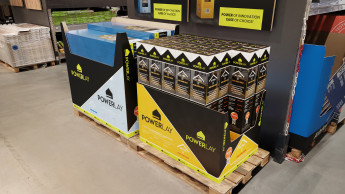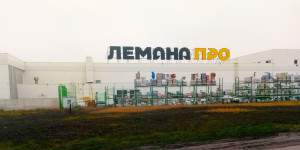

deep insights, facts & figures

The retail sector expects energy prices to rise in the coming years. The state is seen as the main inflationary force here. Savings are to be achieved for the most part through improved building systems management and modern lighting
Retailing is on the right path when it comes to energy management. This is the conclusion reached by the EHI Retail Institute in its Energy Monitor 2012. The survey is based on personal interviews with retailers in Germany, Austria and Switzerland and is carried out every three years in this form. The aim of the personal interview is to obtain an insight into the company’s processes as well as currently relevant topics, trends and expectations about energy management in the retail sector. Of the companies surveyed, 38 per cent came into the Food category and 62 per cent into Non-food. Great progress Many companies had made great progress since the last survey in 2009. Projects that were only at a vague planning stage at that time have since been implemented. The retailers have taken on board the subject of energy management and set up organisational structures in the form of energy departments. In the last few years many of the companies surveyed have been in a position either to keep their energy costs stable, despite increased floorspace, or even to reduce them to a minimum. However, any such savings are being swallowed up by the rising energy prices. Having in recent years experienced energy costs that went one way only, which was upward, the majority of respondent companies are recording stable energy costs for 2012 compared with the previous year. All the retailers surveyed had taken advantage of the currently reasonable wholesale price and have already covered their power requirements for 2013 and 2014. Some have even purchased their complete electricity needs for 2015 as well. Most companies adhere to a price-oriented purchasing system. Consequently 62 per cent of the retailers questioned purchase the conventional power supply mix, with green power on occasion for some stores if it is the cheapest on offer. On principle the remaining 38 per cent purchase green power alone for all their real estate, even if it is more expensive. Here it is almost exclusively hydroelectric power that is purchased. The price that retailers have to pay on average in 2012 for their electricity amounts to 14.38 cents per kWh, against a rate that was still 12.96 cents per kWh in 2009. These are net prices including all government taxes. The retailers surveyed believe that the government, which they regard as the biggest driver up of prices, is responsible for the difference of nearly two cents since 2009. The proportion of government taxes (EEG/KWKG levy, licence taxes…
Related articles
Read also

 Menü
Menü












 Newsletter
Newsletter